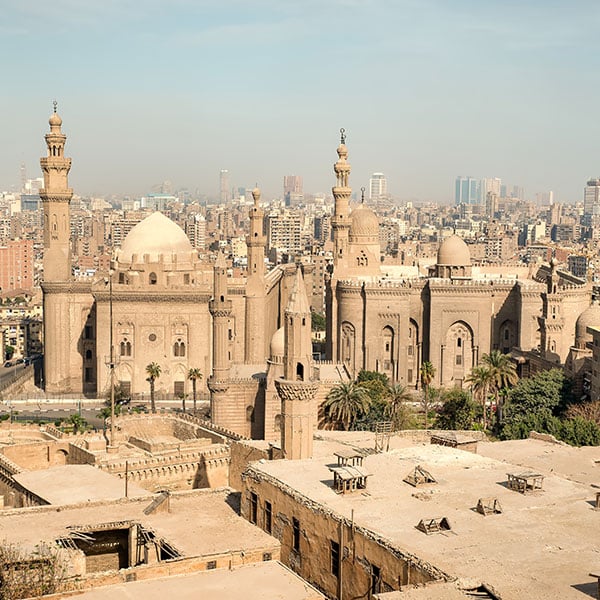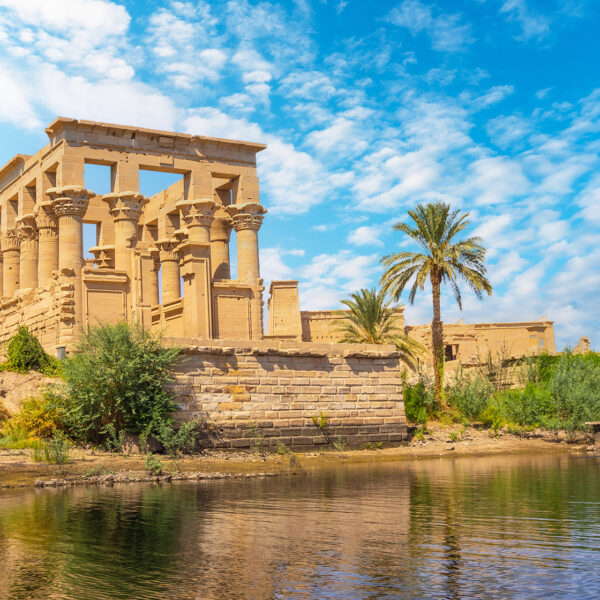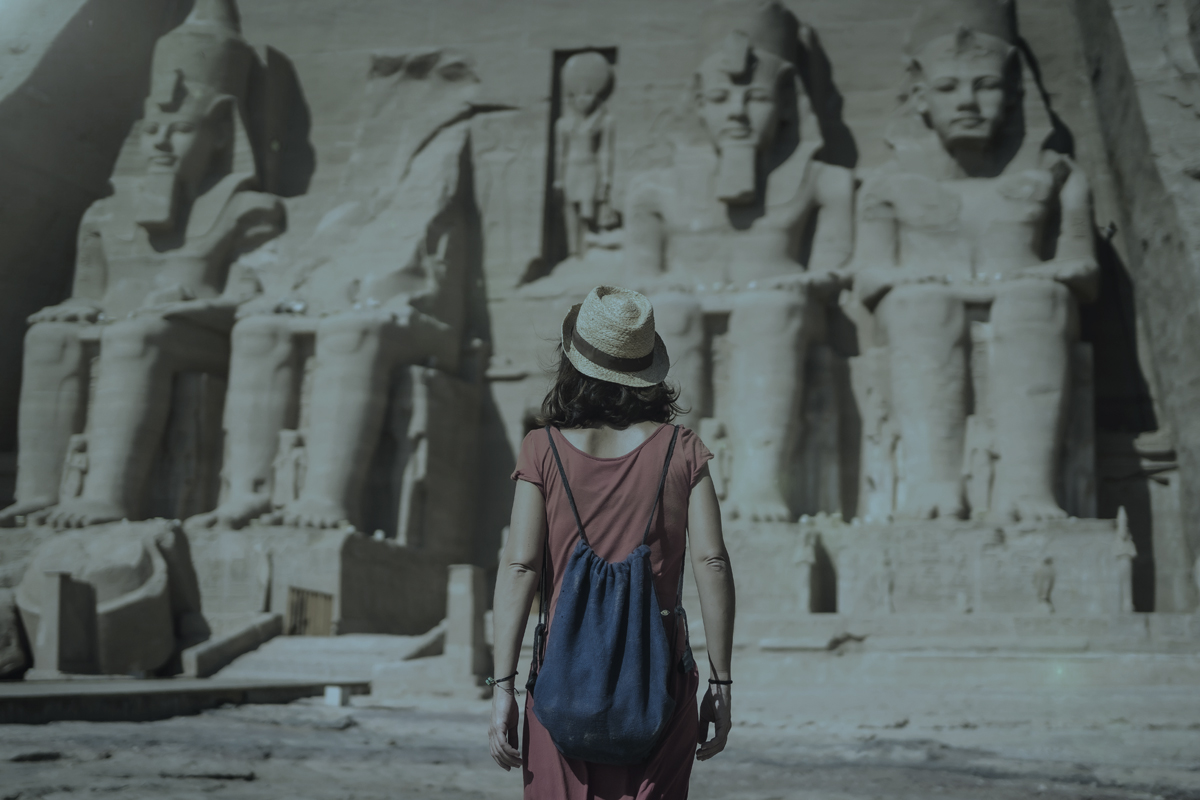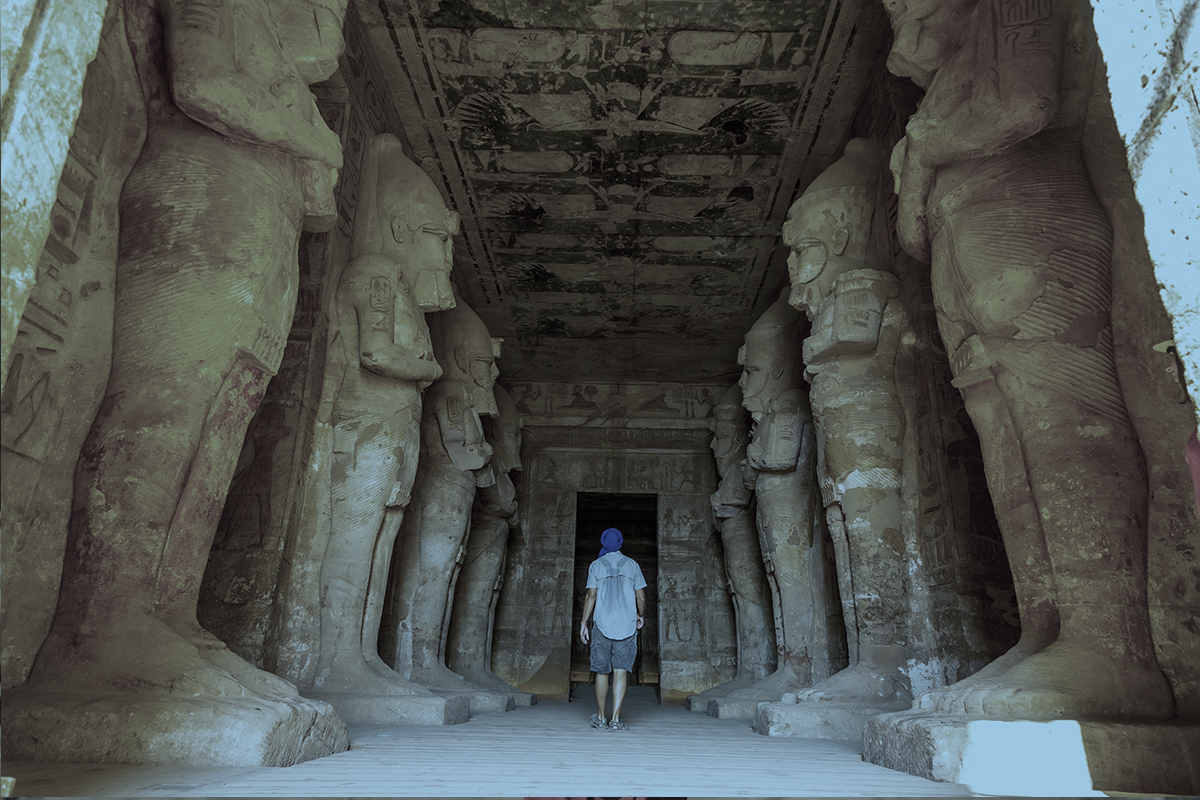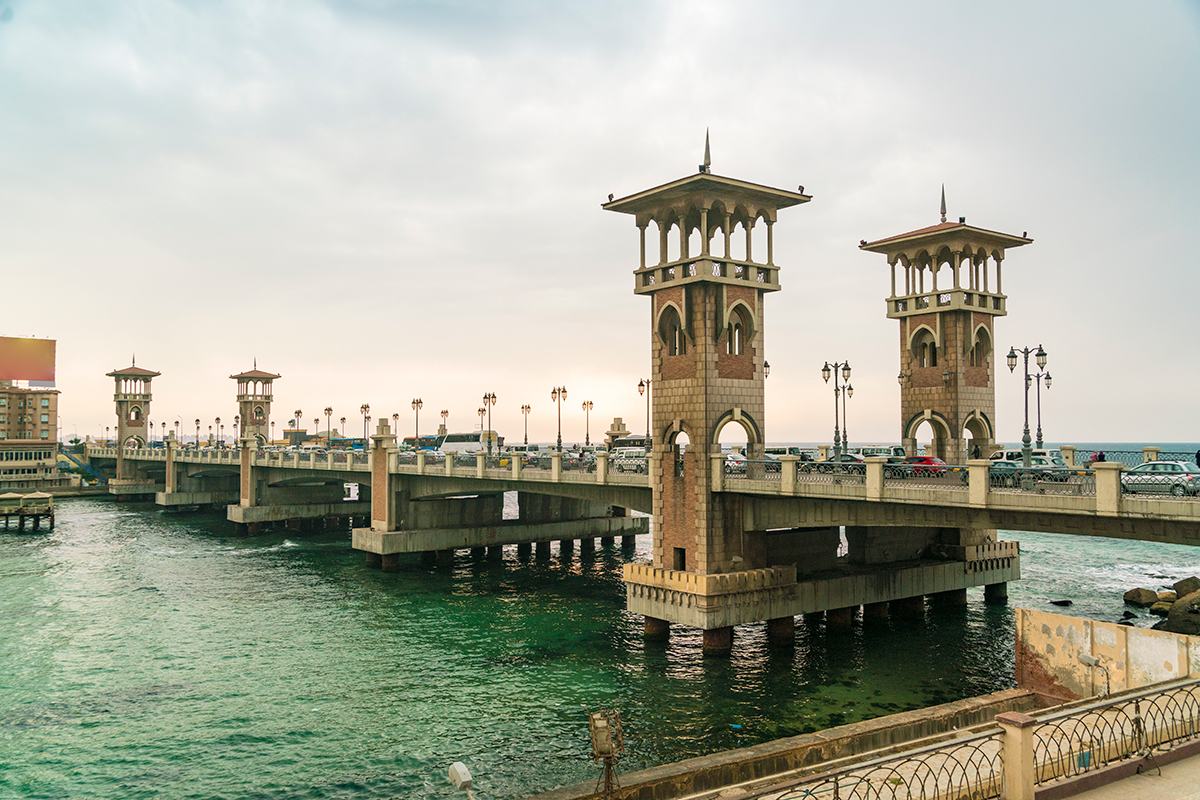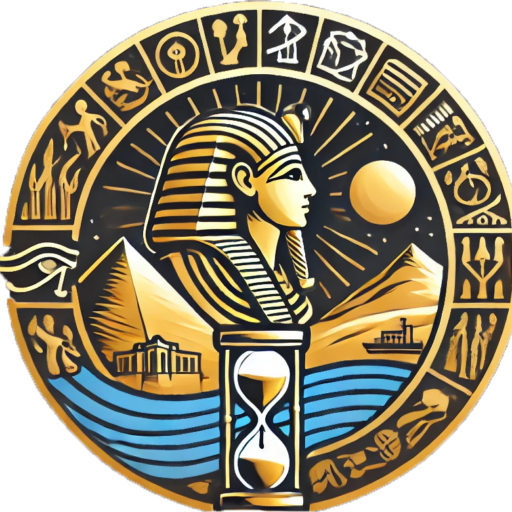Mohamed Ali Mosque
1830 AD - 1848 AD
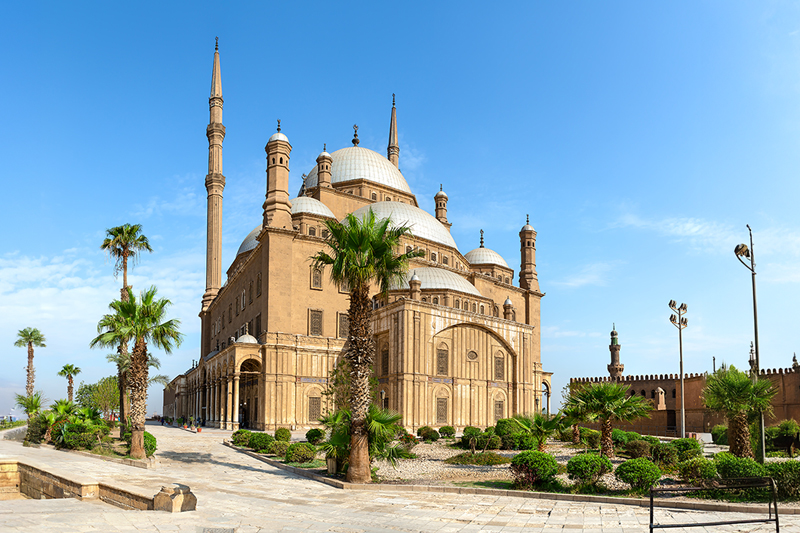
The Jewel of Cairo’s Skyline
The Mohamed Ali Mosque, often referred to as the Alabaster Mosque, is one of the most iconic landmarks in Cairo. Situated within the Citadel of Saladin, the mosque is a stunning example of Ottoman architecture and a symbol of Egypt’s transition into the modern era. Its grand domes, elegant minarets, and intricate details make it a must-see for anyone visiting Cairo.
History & Significance
Commissioned by Mohamed Ali Pasha in 1830 AD, the mosque was completed in 1848 AD as a tribute to his son, Tosun Pasha, who passed away at a young age. The mosque also served as a statement of power, symbolizing Mohamed Ali’s ambition to modernize Egypt and assert his dominance as the country’s ruler.
The Mohamed Ali Mosque became a pivotal landmark in Egypt’s history, representing a shift from the Mamluk architectural style to a more Ottoman-inspired design. Its towering minarets and large central dome make it a defining feature of Cairo’s skyline, visible from nearly any part of the city.
Architecture & Design
- Grand Alabaster Interior: The mosque’s interior is lavishly decorated with alabaster, giving it a bright and luxurious atmosphere. The main prayer hall is crowned with a large central dome, surrounded by smaller domes that add depth and complexity to the structure.
- Tall Twin Minarets: Standing at 82 meters (269 feet), the mosque’s minarets are the tallest in Cairo, offering a striking silhouette against the city’s skyline.
- Ottoman Style: The mosque is heavily influenced by Ottoman architecture, similar to the style of Istanbul’s Blue Mosque, featuring a spacious courtyard, multiple domes, and intricate detailing.
- Panoramic Views: The elevated location within the Citadel provides sweeping views of Cairo, including the Pyramids of Giza on clear days.
Visitor Information
- Location: Inside the Citadel of Saladin, Cairo, on the Mokattam Hill.
- How to Get There: Accessible by car, taxi, or bus from central Cairo. Many guided tours of Cairo include the Citadel and the Mohamed Ali Mosque.
- Best Time to Visit: Early morning for a quieter experience, or late afternoon to catch sunset views over Cairo from the mosque’s courtyard.
- Entrance Fees: Typically included in the Citadel’s general admission.
- General admission to the Citadel: LE180 (~$6 USD) for foreign visitors.
- Egyptian citizens: LE20 (~$0.67 USD).
What to Expect During Your Visit
- Guided Tour Information: A guided tour provides deeper insights into the mosque’s history, architecture, and the life of Mohamed Ali Pasha.
- Must-See Spots:
- Main Prayer Hall: Admire the grandeur of the central dome, which is intricately decorated with Arabic calligraphy and chandeliers.
- Open Courtyard: Explore the mosque’s spacious courtyard, framed by elegant colonnades and featuring a stunning fountain.
- Panoramic Balcony: Don’t miss the chance to step onto the balcony for breathtaking views of Cairo’s skyline, especially during sunset.
- Terrain: The mosque sits on a slightly elevated plateau within the Citadel, involving some uphill walking, so comfortable footwear is recommended.
Insider Tips & Fun Facts
- Interesting Fact: The Mohamed Ali Mosque is often called the Alabaster Mosque because much of its interior and exterior is covered in alabaster stone, a luxurious material that adds a unique brilliance to the structure.
- Photography Tips: Visit during sunset for stunning views of Cairo from the courtyard, and capture the mosque’s silhouette as the city lights begin to twinkle below.
- Nearby Attractions: After visiting the Mohamed Ali Mosque, explore the other historical buildings within the Citadel, including the Gawhara Palace and the Military Museum.
Era
- Built: Construction began in 1830 AD and completed in 1848 AD.
- Ruler: Mohamed Ali Pasha, ruler of Egypt.
Conclusion
The Mohamed Ali Mosque is not just an architectural marvel—it’s a symbol of Egypt’s journey through time, blending the grandeur of Ottoman design with the unique spirit of Cairo. Standing within the mosque’s courtyard, you can feel the history of Egypt unfolding around you. Book your tour with Egyptian Moments Tours to experience the beauty and history of the Mohamed Ali Mosque and Cairo’s other ancient treasures.
Related Tours
- Quality4.6
- Location4.4
- Amenities4.2
- Services4.2
- Price4.4
Egyptian Moments Nile Cruise
- Home
- Mohamed Ali Mosque
Monument Information
Year Built:
Construction began in 1830 AD and completed in 1848 AD
Location:
Located within the Citadel of Saladin, Cairo
Dimensions:
Height: 52 meters (170 feet)
Minarets: Two towering minarets, each standing 82 meters (269 feet) tall
Materials Used:
Mainly alabaster and limestone
Est. Visitors /Year:
Approximately 2 million visitors
UNESCO Heritage Status:
World Heritage Site since 1979
Terrain:
Elevated within the Citadel, offering panoramic views of Cairo
Related Tours
- Quality4.6
- Location4.4
- Amenities4.2
- Services4.2
- Price4.4
Nile Cruise from Luxor
- Quality4.6
- Location4.4
- Amenities4.2
- Services4.2
- Price4.4
Nile Cruise from Aswan
- Quality4.6
- Location4.4
- Amenities4.2
- Services4.2
- Price4.4



